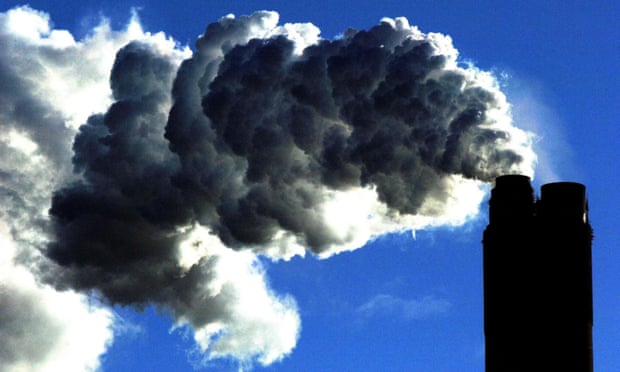Humans and volcanoes caused nearly all of global heating in past 140 years
- Weather forecasting capacity needs to be improved further
- Vietnam among worst hit nations by extreme weather in past 20 years
The research refutes the popular climate denial myth that recent global warming is merely a result of natural cycles.
Those arguments have always suffered a key physical flaw, namely that cycles are cyclical. For example, El Niño events, which temporarily raise global surface temperatures by bringing warm water up to the shallow ocean layer, are offset by La Niña events, which have the opposite effect. While a given decade might have more El Niño or La Niña events, resulting in a short-term surface warming or cooling, over the long term their effects cancel out.
However, climate scientists have had a difficult time explaining exactly what caused a warming event in the early 20th century, between about 1910 and 1945. The average of the climate model runs incorporated in the last IPCC report only accounted for about half of the measured global surface warming trend during that period, and a study published last year suggested the other half could be due to natural cycles.
 |
| The research’s findings also reaffirmed IPCC’s conclusion that humans are responsible for all the rapid global heating since 1950. Photograph: John Giles/PA |
Contrarian scientists like Judith Curry, who is frequently invited by Republicans to testify before US Congress, have often used this discrepancy to cast doubt on the expert consensus on human-caused global warming, arguing that “until we can explain the early 20th century warming, I have little confidence IPCC and [National Climate Assessment] attribution statements regarding the cause of the recent warming.”
The new study, published in the Journal of Climate, tackles the discrepancy in part by addressing an issue with ocean temperature data during the second world war, when measurements were more often made from warmer engine room intakes than from buckets lowered over the side of ships. This has resulted in a bias, inflating estimated surface temperatures in the early-to-mid 1940s. The new study removed this bias by focusing on temperatures along continental and island coastlines.
Arctic temperature data has also long been problematic. There are relatively few temperature monitoring stations in the region due to its remoteness, but due largely to disappearing sea ice decreasing the region’s reflectivity, the Arctic is the fastest-warming part of the planet.
Two of the co-authors of the new study, Kevin Cowtan and Robert Way, previously made strides in addressing these coverage gaps by using improved statistical interpolation methods. The new study goes further, by incorporating Met Office Hadley Centre Arctic sea ice data.
Accounting for the area of Arctic ocean covered by sea ice is an important factor, as lead author Karsten Haustein explains: “If sea ice is treated as ocean, the temperature cannot go below zero (per definition). If it is treated as land, the temperature can fall as low as -50C in winter given there is virtually no interaction with the ocean water anymore. Since warming trends over the Arctic are higher than anywhere else, overall land warming trends will be higher too if sea ice is treated as land. This is by virtue of winter temperatures not falling as low as they used to anymore.”
The authors then compared the improved global surface temperature data to climate model runs incorporating influences from human greenhouse gas and aerosol pollution, volcanic eruptions, and changes in solar activity. Overall they were able to explain more than 90% of the temperature variation over the 140-year record.
They found that the 0.4C warming from 1910 to 1945 could be accounted for by 0.2C warming from human greenhouse gases offset by 0.08C cooling from human aerosol pollution, 0.2C warming from natural factors (mostly a quiet period for volcanic activity plus a small contribution from increased solar activity), and a bit of natural variability plus some remaining uncertainty in the data.
Since 1950, the authors found that the 0.8C temperature rise is due to 1.2C warming from greenhouse gases offset by 0.3C cooling from human aerosol pollution and 0.1C cooling from volcanoes and the sun.
These findings are important because they improve global surface temperature estimates, explain the causes of the early-20th century warming, and reaffirm that as the IPCC concluded in 2013, humans are responsible for all of the rapid global heating since 1950.

